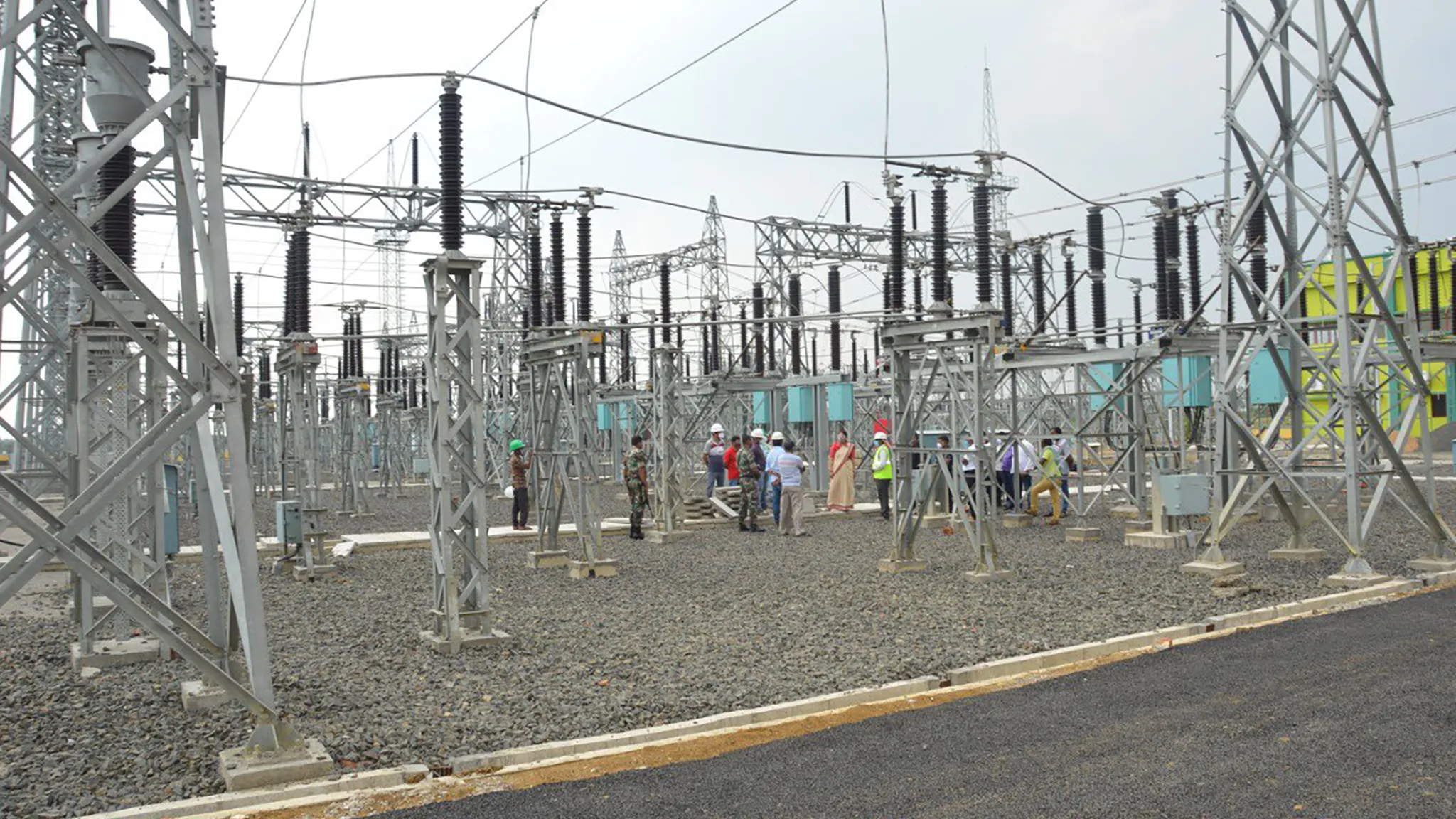India’s power sector, once overlooked by investors, is experiencing a powerful resurgence. The pandemic years have shone a spotlight on its critical role, and now, a confluence of economic growth, technological advancement, and widespread electrification is threatening a demand surge of an unprecedented scale.
Demand Drivers Spark Unprecedented Growth
The numbers speak volumes. India’s National Electricity Plan projects a staggering outlay of Rs 9.2 lakh crore for central and state transmission systems. This ambitious plan aims to meet a peak demand of 458 gigawatts (GW) by 2032, a significant upward revision from the earlier estimate of 380 GW. Industry veterans predict a robust 7 percent compound annual growth in power consumption over the coming decade. A report by Motilal Oswal Financial Services highlights a stark shift. Peak power deficits, once as high as 15 GW in FY10, dwindled to a mere 1 GW by FY19-21. However, this trend has reversed, surging to 9 GW in FY23.
The drivers of this escalating demand are multifaceted. It is not just core industries anymore; new sectors are emerging as major power consumers. Electric vehicles, data centres, and the broad electrification of energy demand are rapidly changing the consumption landscape. Rising per capita income is also a key factor, leading to increased household ownership of electrical appliances. The irony is that technological progress itself is a significant contributor. Disruptive technologies like data centres and artificial intelligence, while promising efficiency gains, are inherently energy-intensive. Consider this: a simple search on Google consumes 0.3 Wh of power, while a query to Chat GPT demands ten times that amount. As India embraces technological upgrades across sectors, power demand is set to climb further.
Investment Bonanza for Power Sector
India’s commitment to electrification in mobility and the burgeoning data centre sector validate the revised, higher power demand estimates. The National Electricity Plan’s details reveal substantial investments earmarked for transmission systems, storage, and distribution. A strong emphasis on renewable energy and green hydrogen integration into the grid further underscores the sector’s transformative journey. For investors, this presents a compelling long-term opportunity. The power sector, long considered a laggard, could become a star performer. International equity research firms are increasingly positive on power asset developers, generators, and transmission and distribution companies, all poised to benefit from the government’s capital expenditure push. Energy exchanges, too, stand to gain as expanded transmission infrastructure facilitates the launch of innovative products.
Navigating Risks in Power Investments
However, investors must tread cautiously. The power sector is not without its challenges. Return ratios can be uncertain and fluctuate. Commodity and component price volatility can significantly impact profitability. Regulatory risks, historically a deterrent to private sector investment, remain a factor to consider. Thorough due diligence and a nuanced understanding of these risks are essential for investors seeking to capitalise on the sector’s growth potential.
What should investors watch out for? The trajectory of policy reforms and the pace of infrastructure development will be crucial. If the government’s commitment to power sector reforms remains steadfast and infrastructure projects proceed as planned, the sector is poised for significant growth. Conversely, any policy missteps or infrastructure bottlenecks could dampen investor enthusiasm. The next few quarters will be telling.
Image Courtesy: X (DC Dumka)










Leave a Reply